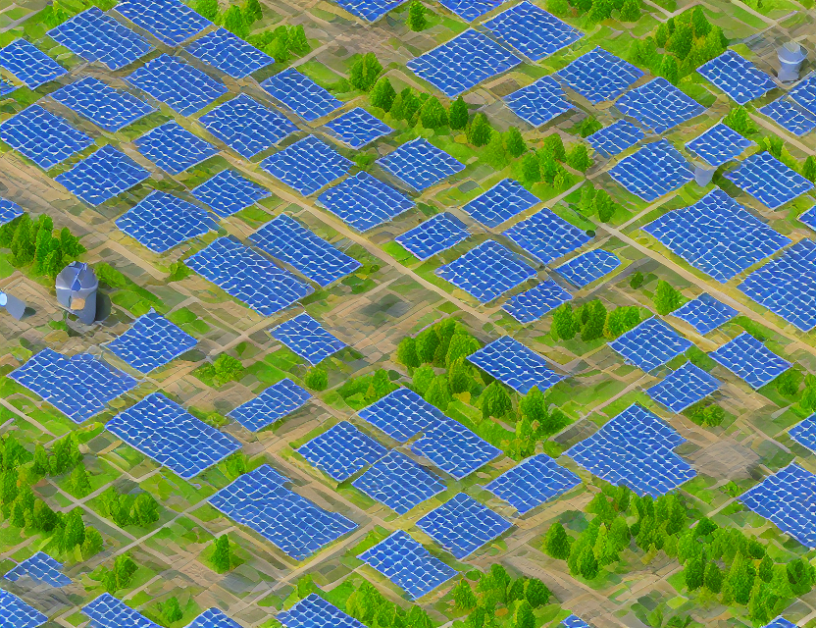Predicting renewable energy production is a crucial task in the transition to a sustainable energy system. However, accurately forecasting renewable energy generation is challenging due to inherent uncertainty factors such as weather patterns, climate change, and technical issues. To overcome these limitations, researchers have developed various methods and techniques to improve the accuracy of renewable energy forecasting. This article provides a comprehensive review of these methods and techniques, demystifying complex concepts by using everyday language and engaging analogies.
Section 1: Definition and Evaluation of Uncertainty in Renewable Energy Forecasting
Uncertainty in renewable energy forecasting refers to the lack of knowledge or precision in predicting renewable energy generation due to various factors. Two evaluation indexes are used to measure the quality of the generated scenario set: coverage rate and envelope area. These indexes help determine whether the generated data accurately captures the inherent characteristics of uncertain factors in renewable energy forecasting.
Section 2: Methods for Dealing with Uncertainty in Renewable Energy Forecasting
Several methods have been proposed to address uncertainty in renewable energy forecasting, including:
- Statistical methods: These methods use historical data and statistical techniques such as regression analysis and probability distributions to predict future renewable energy generation. Examples include probabilistic forecasting and seasonal decomposition.
- Machine learning methods: These methods use machine learning algorithms such as neural networks and decision trees to learn patterns in historical data and make predictions about future renewable energy generation. Examples include DDPG and SAC.
- Hybrid methods: These methods combine statistical and machine learning techniques to improve the accuracy of renewable energy forecasting. Examples include MEDLS and PSP-based methods.
Section 3: Techniques for Improving Uncertainty in Renewable Energy Forecasting
Several techniques have been proposed to improve uncertainty in renewable energy forecasting, including: - Ensemble methods: These methods combine multiple predictions from different models or techniques to produce a more accurate forecast. Examples include ensemble forecasting and bagging.
- Monte Carlo simulations: These methods use random sampling to generate multiple scenarios of future renewable energy generation, allowing for the estimation of uncertainty. Examples include Monte Carlo simulations and scenario analysis.
- Sensitivity analysis: These methods examine how different variables affect the accuracy of renewable energy forecasting, helping to identify critical factors that contribute to uncertainty. Examples include sensitivity analysis and feature selection.
Conclusion
Accurate renewable energy forecasting is crucial for a sustainable energy system, but it is challenging due to inherent uncertainty factors. Various methods and techniques have been proposed to address this challenge, including statistical, machine learning, hybrid, ensemble, Monte Carlo, sensitivity analysis, and feature selection approaches. By combining these methods, researchers can improve the accuracy of renewable energy forecasting and help pave the way for a more sustainable future.



